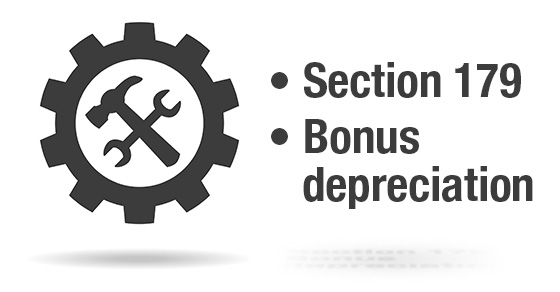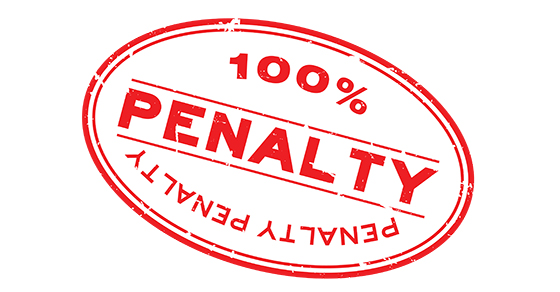
At this time of year, many business owners ask if there’s anything they can do to save tax for the year. Under current tax law, there are two valuable depreciation-related tax breaks that may help your business reduce its 2019 tax liability. To benefit from these deductions, you must buy eligible machinery, equipment, furniture or other assets and place them into service by the end of the tax year. In other words, you can claim a full deduction for 2019 even if you acquire assets and place them in service during the last days of the year.
The Section 179 deduction
Under Section 179, you can deduct (or expense) up to 100% of the cost of qualifying assets in Year 1 instead of depreciating the cost over a number of years. For tax years beginning in 2019, the expensing limit is $1,020,000. The deduction begins to phase out on a dollar-for-dollar basis for 2019 when total asset acquisitions for the year exceed $2,550,000.
Sec. 179 expensing is generally available for most depreciable property (other than buildings) and off-the-shelf computer software. It’s also available for:
- Qualified improvement property (generally, any interior improvement to a building’s interior, but not for the internal structural framework, for enlarging a building, or for elevators or escalators),
- Roofs, and
- HVAC, fire protection, alarm, and security systems.
The Sec. 179 deduction amount and the ceiling limit are significantly higher than they were a few years ago. In 2017, for example, the deduction limit was $510,000, and it began to phase out when total asset acquisitions for the tax year exceeded $2.03 million.
The generous dollar ceiling that applies this year means that many small and medium sized businesses that make purchases will be able to currently deduct most, if not all, of their outlays for machinery, equipment and other assets. What’s more, the fact that the deduction isn’t prorated for the time that the asset is in service during the year makes it a valuable tool for year-end tax planning.
Bonus depreciation
Businesses can claim a 100% bonus first year depreciation deduction for machinery and equipment bought new or used (with some exceptions) if purchased and placed in service this year. The 100% deduction is also permitted without any proration based on the length of time that an asset is in service during the tax year.
Business vehicles
It’s important to note that Sec. 179 expensing and bonus depreciation may also be used for business vehicles. So buying one or more vehicles before December 31 may reduce your 2019 tax liability. But, depending on the type of vehicle, additional limits may apply.
Businesses should consider buying assets now that qualify for the liberalized depreciation deductions. Please contact us if you have questions about depreciation or other tax breaks.
© 2019










